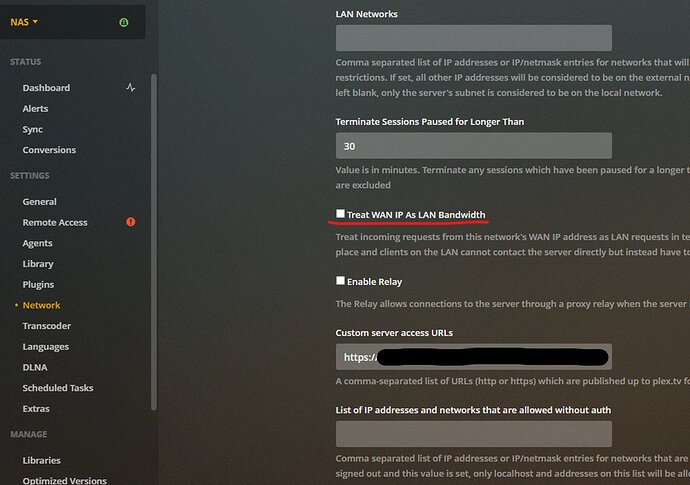On DS-Lite (Dual Stack-Lite) connections you do not get a public IPv4 address but only a IPv6 one. The reported IPv4 is not publicly accessible.
Sadly Plex always uses IPv4 even when “Enable server support for IPv6” is enabled, thus Remote Access will not work.
To get it working there is a simple solution:
- Access Secure Plex Web using your servers LAN IP, eg. https://192.168.0.23:32400. Make sure you use https:// and not just http://
- View the certificate (In Chrome you click on the lock next to the URL, then on certificate)
- Open the “Details” tab
- Click on the “Subject” entry in the top half
- In the bottom half, select and copy the whole plex.direct URL, eg. *.123ab4c5678901234d567890e1f23g45.plex.direct
- Get to know the public IPv6 address of the device running your Plex Media Server, eg. 1c42:724f:235:211:463a:jack:ab13:c123
You want to check the network interface information of the device running PMS or your router / gateway. - Combine your IPv6 (replace : with -) and your plex.direct URL and your server port, eg. https://1c42-724f-235-211-463a-jack-ab13-c123.123ab4c5678901234d567890e1f23g45.plex.direct:32400
- Enter that into “Custom server access URLs”


 . One of the temporaries matched the aforementioned website so I used that one in the setup
. One of the temporaries matched the aforementioned website so I used that one in the setup